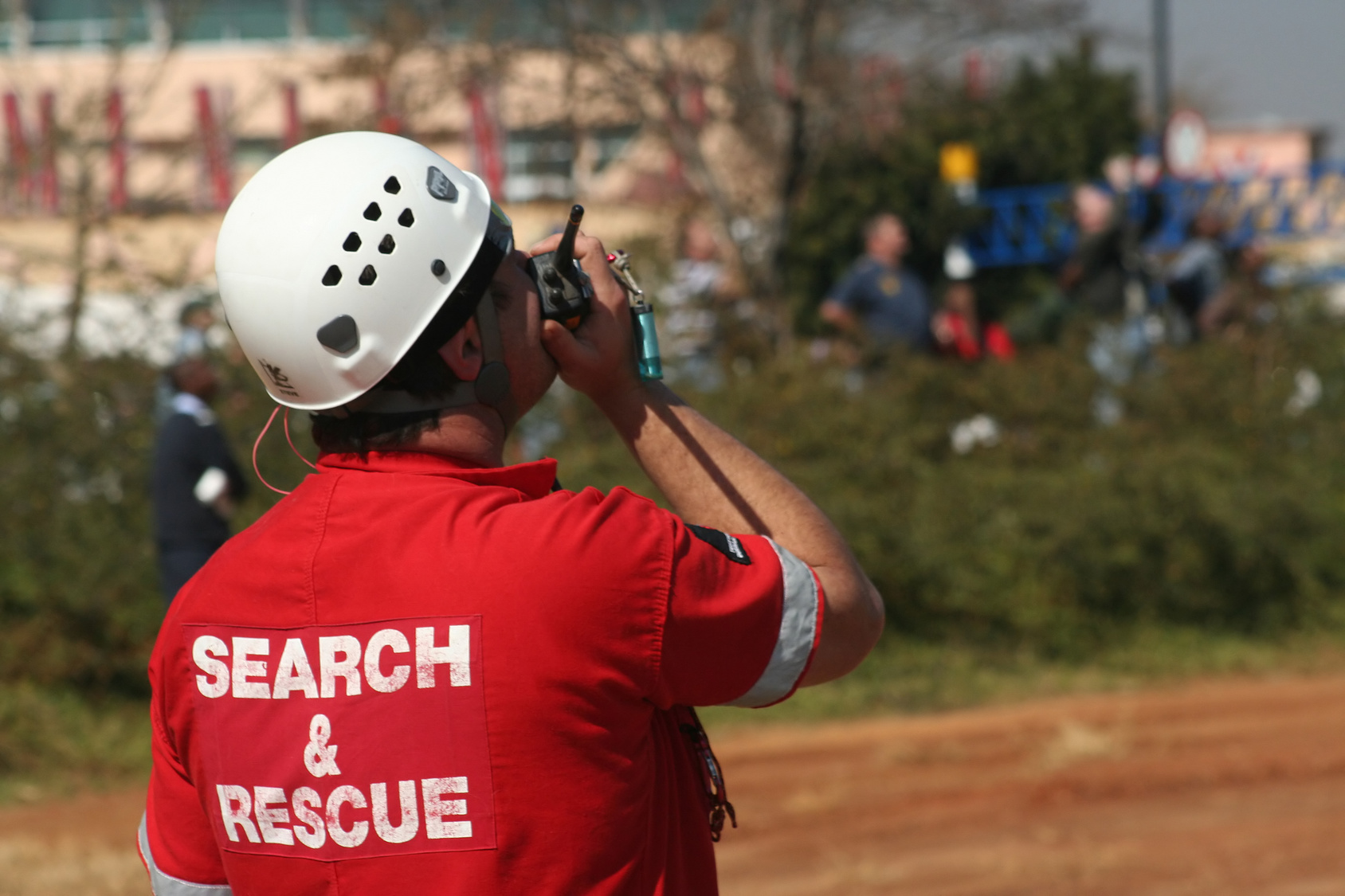
June 2, 2009
The Rockefeller Institute of Government, with support from the Ford Foundation, conducted a three-year study of how 37 governments in three states in the Gulf (Louisiana, Mississippi, and Alabama) responded to Hurricane Katrina in 2005. Former Mississippi Governor William Winter chaired the committee for this study. This is the eighth and final report, focused on lessons for the nation from Katrina. Governor Winter said the report is “compelling,” and that he is “hopeful the Obama administration will consider the recommendations presented. These issues are not going away, and we shall be faced with the same lack of coordination and response in the future unless we pursue better ways to handle them.” Former U.S. Ambassador to Hungary, Donald Blinken, who served as a key advisor to (and participant in) this study, said, “This report caps a series of seven solid reports that take a hard look at the state and local levels at the jumble of actors and the challenges of action when great crises occur.”
Hurricane Katrina was arguably the worst natural disaster in American history. The storm, which struck in the early morning of August 29, 2005, caused an estimated 1,500 deaths and over $80 billion in property damage across a 150-mile swath from Southeastern Louisiana to Mobile, Alabama. This paper looks at what has happened, and what has not happened, since the waters receded and the debris was removed. Based on lessons learned from this catastrophe, the paper focuses on possible national legislation amending the Stafford Act by authorizing the appointment by the president of an officer-in-charge with preauthorized discretionary funding; empowered to assemble and deploy experts, including experts seconded from federal agencies; and to recommend and obtain expedited consideration of a national action program if such a program is determined to be appropriate when megadisasters like this occur.
The authors of this paper participated in a study of the effects of Hurricanes Katrina and Rita on 37 Gulf-region governmental jurisdictions, sponsored by the Ford Foundation and jointly conducted by the Nelson A. Rockefeller Institute of Government of the State University of New York and the Public Affairs Research Council of Louisiana. The principal author of this study is Karen Rowley. This paper is presented as the basis for a discussion of an institutional-reform approach to provide facilitated, coherent, deliberative, and effective response by American government when future megadisasters occur — as we know they will.
The three-state (Louisiana, Mississippi, and Alabama) study of Hurricanes Katrina and Rita on which this paper is based showed there actually were two crises — one physical, the other governmental. Quoting from the first report on this study,
In the end, Katrina and Rita produced two disasters. The first was the immediate crisis created when the hurricanes made landfall. The second was the difficulty various levels of government had in working together to respond to the crisis. This was — and remains — the more dangerous of the two because the inability to work well together has spilled over into the recovery efforts, with ordinary citizens caught in the middle. The long-term impact could be the haphazard rebuilding of the devastated communities, meaning mistakes will be repeated, segments of the population will be left out, and a rare opportunity to reshape a region for the better will be lost.
These fears have come to pass. Rebuilding has been haphazard. Segments of the population have been left behind. A rare opportunity to reshape the region has been squandered. All three levels of government have been caught up in thorny economic, social, and political issues on whether and how to treat the devastated areas. Crucial values came into play on which participants in decision processes had, and still have, strong and differing views and interests. Despite a great deal of planning, myriad hearings, conferences, and public forums, communities still struggle to deal with the profound questions that Hurricane Katrina raised.
This paper has three parts. The next section discusses the governmental terrain. The section that follows defines a megadisaster and a trigger mechanism for possible national action. The final section discusses legislation to amend the Stafford Act by establishing an “officer-in-charge” system and mechanism for responding to future megadisasters.